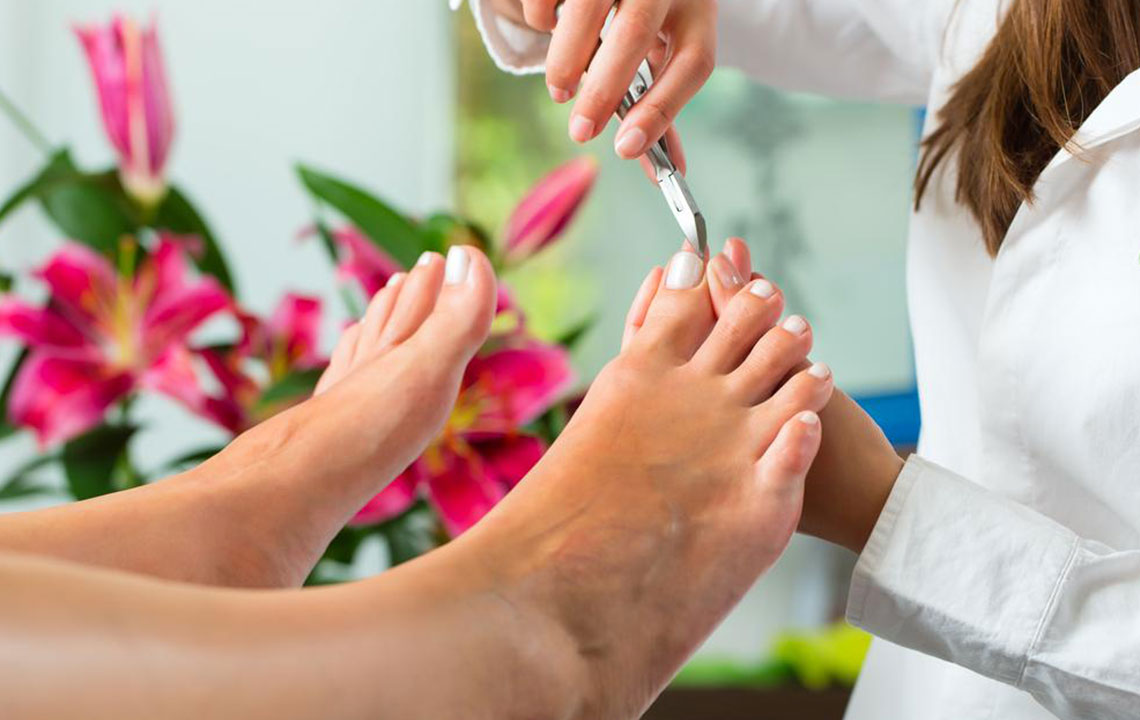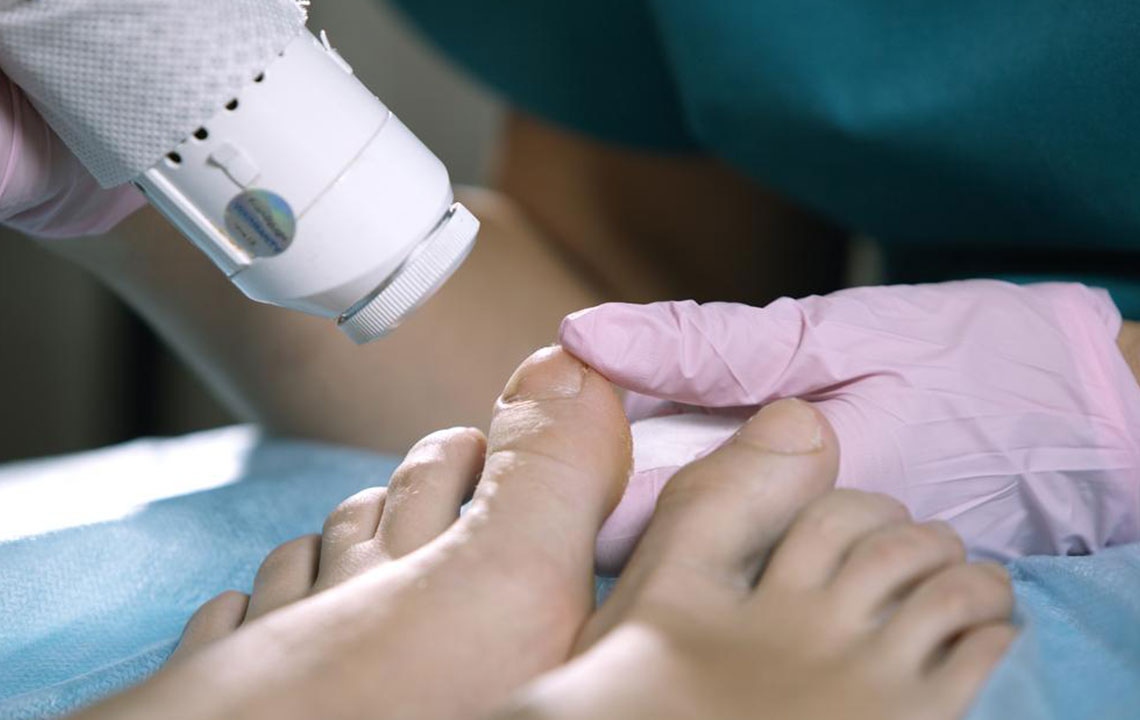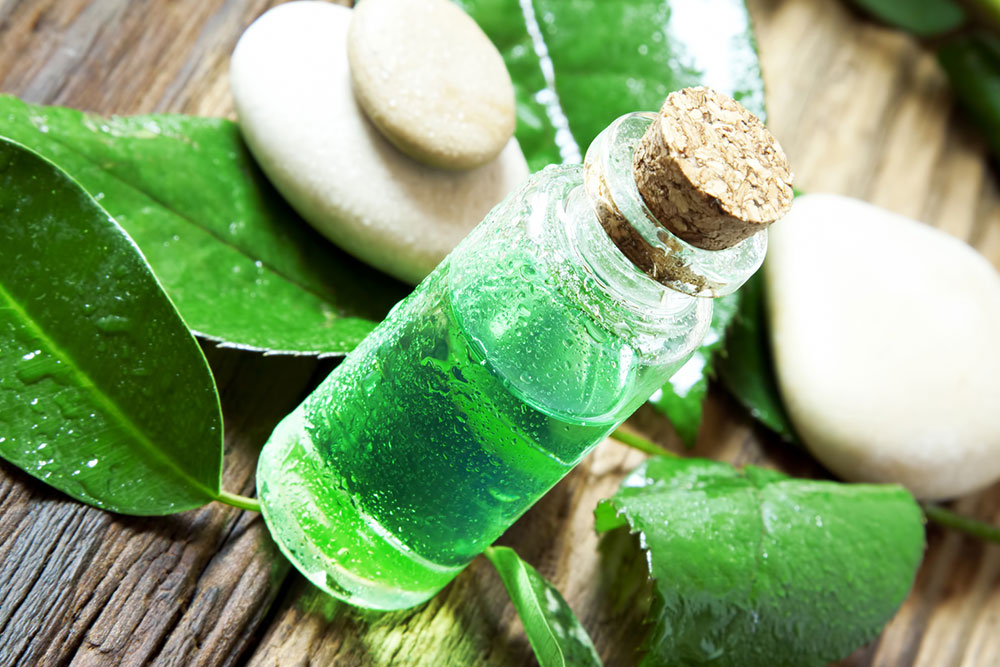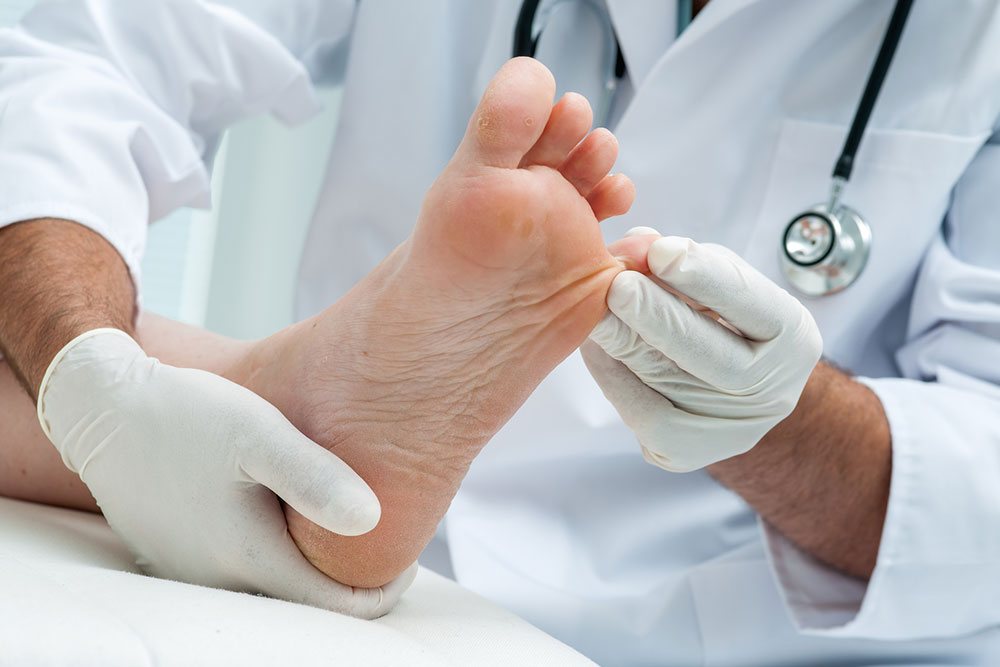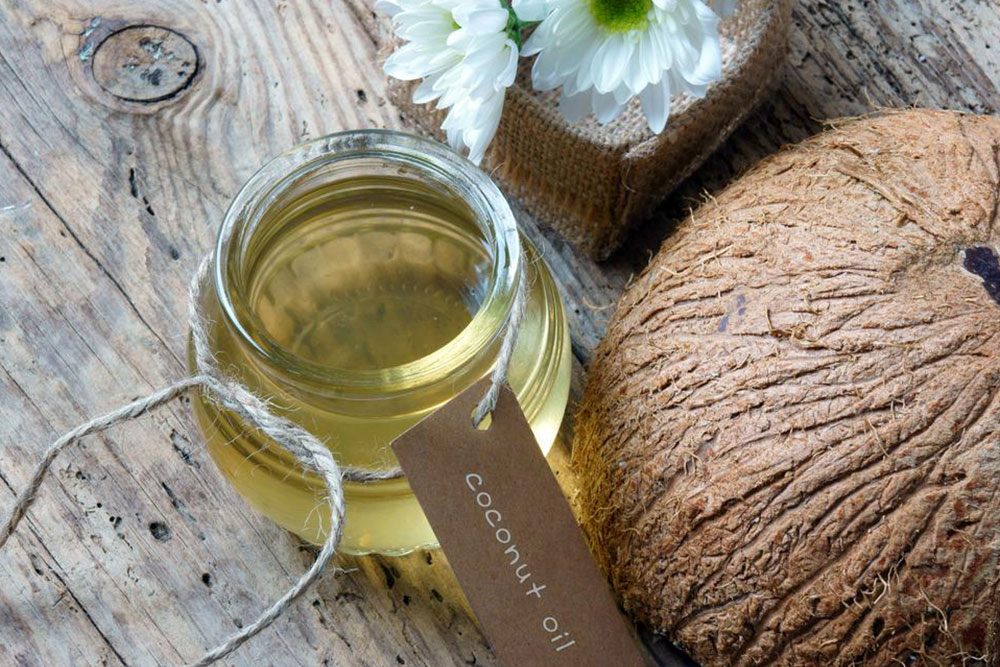Natural and Effective Solutions to Treat Toenail Fungus at Home
Discover comprehensive natural remedies for toenail fungus treatment that you can easily perform at home. From vinegar soaks and garlic applications to essential oils and dietary supplements, these scientifically supported methods promote healthy nails while avoiding side effects of medications. Learn how to utilize everyday ingredients like coconut oil, cornmeal, and olive leaf extract to combat fungal infections effectively. Combined with good hygiene practices, these natural solutions offer a safe, cost-effective way to eliminate toenail fungus and restore your confidence with healthier nails.
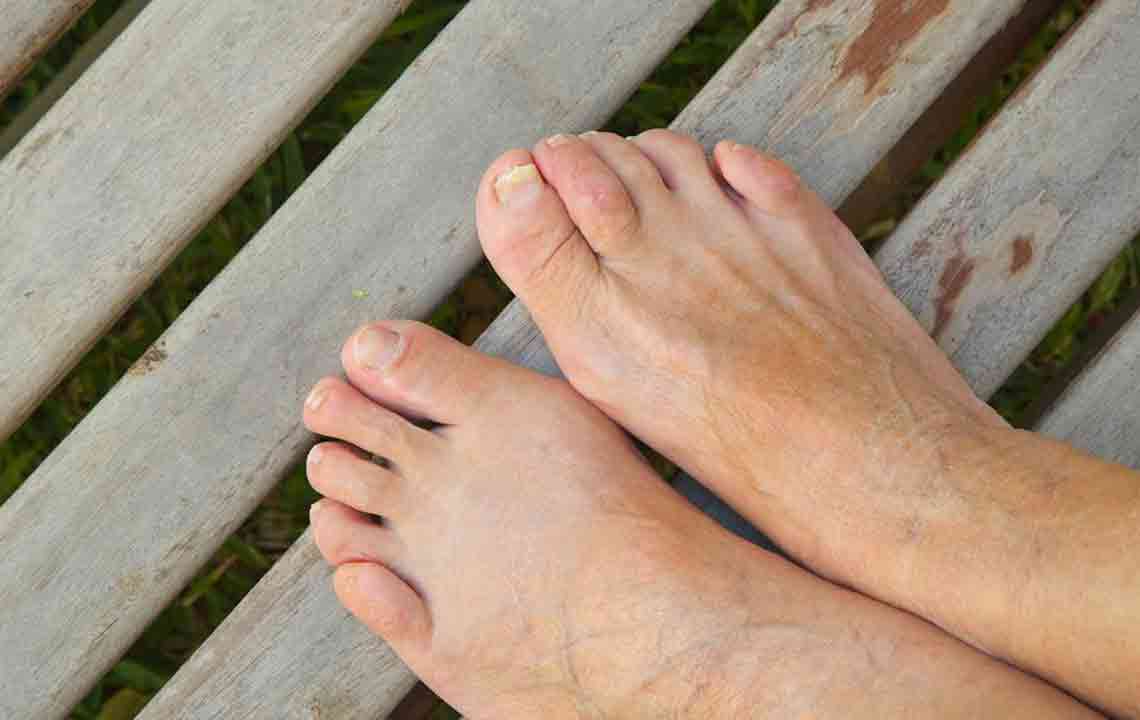
Natural and Effective Solutions to Treat Toenail Fungus at Home
Toenail fungus, medically known as onychomycosis, is a common nail infection caused by various fungi that invade the nail bed through small cuts or cracks. This condition can lead to thickened, discolored, and brittle nails, often accompanied by discomfort or foul odor. It primarily occurs among individuals with weakened immune systems, such as seniors, diabetics, or those who have had previous nail injuries. Understanding the different types of nail fungus helps in choosing the right treatment approach. The main categories include distal lateral subungual onychomycosis, white superficial onychomycosis, proximal subungual onychomycosis, Endonyx onychomycosis, and candida onychomycosis. Each has distinct characteristics and may require different strategies for effective management.
While pharmaceutical treatments like antifungal medications exist, many individuals prefer natural remedies to avoid side effects and promote overall nail health. Here, we explore scientifically supported and traditional natural remedies you can use at home to combat toenail fungus effectively. Consistent application and patience are key to achieving noticeable results and restoring healthy nails.
Vicks VapoRub
Originally formulated to relieve cough symptoms, Vicks VapoRub contains active ingredients such as camphor, eucalyptus oil, and menthol, which possess antifungal and antimicrobial properties. Many users have reported positive outcomes when applying a small amount of Vicks to the infected nail daily. For best results, apply in a thin layer, gently massage, and cover with a bandage overnight to enhance absorption. Regular use over several weeks can help reduce the fungal presence and improve the appearance of nails.
Olive Leaf Extract
Olive leaf extract is rich in oleuropein, a potent compound with antifungal, antiviral, and antimicrobial effects. It can be consumed in capsule form—typically three capsules per day with meals—or used topically by applying olive oil directly to the infected area. Incorporating olive leaf extract into your diet can support immune health and assist your body's natural ability to fight fungi. Remember to stay well-hydrated and maintain a balanced diet to boost overall health and enhance healing.
Vinegar Soaks
Vinegar, especially apple cider vinegar, is renowned for its antifungal properties. To perform a vinegar soak, mix one part vinegar with two parts warm water. Soak the affected toes for approximately 20 minutes daily. This simple practice can help create an inhospitable environment for fungi while softening thickened nails, making them easier to trim and treat. Avoid aggressive scrubbing, which can damage the nail or skin, and ensure you thoroughly dry the area afterward to prevent further fungal growth.
Garlic
Garlic's powerful antifungal properties are well recognized. Applying crushed garlic directly onto the affected nail for about 30 minutes daily can help combat the infection. For convenience, you may also take garlic supplements or include raw garlic cloves in your meals. The allicin compound in garlic disrupts fungal cell membranes, aiding in faster healing. Note: perform a patch test before topical application to prevent any allergic reactions or skin irritation.
Apple Cider Vinegar
Internal and topical uses of apple cider vinegar can synergistically fight fungi. Mix an equal amount of apple cider vinegar and salt in six parts warm water for a soothing soak. Soak your nails twice daily for 30 minutes each session. Additionally, mixing two tablespoons of apple cider vinegar into honey and warm water creates a nutritious tonic that may boost your immune response and promote faster recovery.
Baking Soda and Borax
Both baking soda and borax are known to alter the pH balance on the skin and nails, making it less hospitable for fungi. Create a paste by mixing equal parts baking soda and borax with a small amount of water. Apply this paste directly to the infected nails, gently massaging it into the nail surface twice daily. Regular use for at least two weeks can help diminish fungal colonies and improve nail clarity. Be cautious to prevent overuse, which may cause skin irritation.
Lavender Oil
Lavender essential oil boasts antifungal, antiseptic, and soothing properties. Applying a few drops of lavender oil to the affected nails each night, followed by covering with a cloth or bandage, enhances penetration and efficacy. Continue this routine for several weeks, even after visible improvement, to prevent recurrence. Lavender oil is gentle and suitable for sensitive skin, making it a popular natural remedy among those seeking alternative treatments.
Coconut Oil
Coconut oil contains medium-chain fatty acids like lauric acid, which can penetrate fungal cells and disrupt their activity. Applying a thin layer of virgin coconut oil daily, especially before bed, can help eliminate fungal presence. Its moisturizing effects also promote healthier, stronger nails while reducing inflammation and irritation caused by the infection. Consistent application is crucial for noticeable progress.
Cornmeal
This common kitchen ingredient contains harmless fungi called non-pathogenic strains that can outcompete and help eradicate pathogenic fungi. To use, mix two tablespoons of cornmeal with water to create a paste and soak the affected nails for about 30 minutes. Repeating this process regularly can gradually diminish fungal colonies and improve nail health. Its low-cost, natural approach makes it a popular home remedy among natural health enthusiasts.
It is essential to always perform a patch test before trying new topical remedies to prevent allergic reactions. Maintaining good foot hygiene, avoiding moist environments, and wearing breathable footwear complement these natural treatments. If symptoms persist or worsen, consult a healthcare provider for professional evaluation and tailored treatment options. With patience, consistency, and natural support, you can effectively combat toenail fungus and restore healthy, strong nails.

